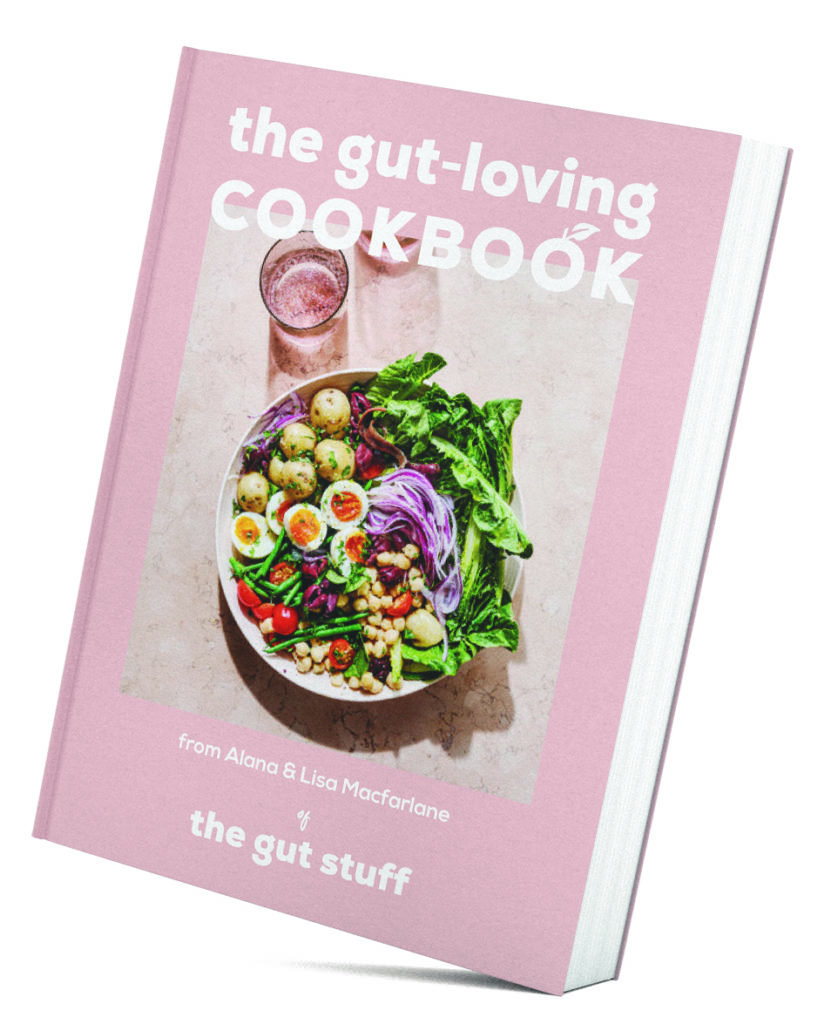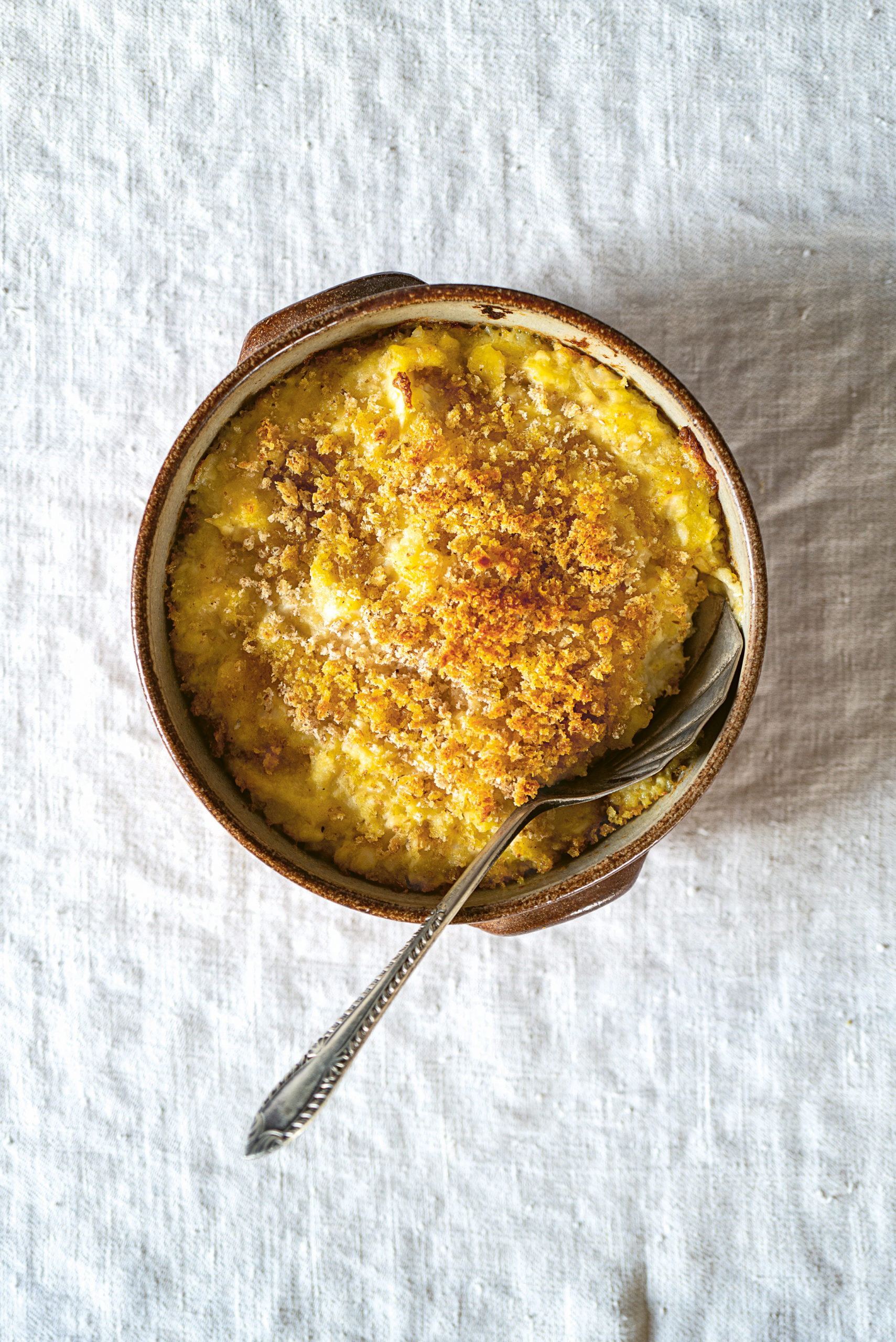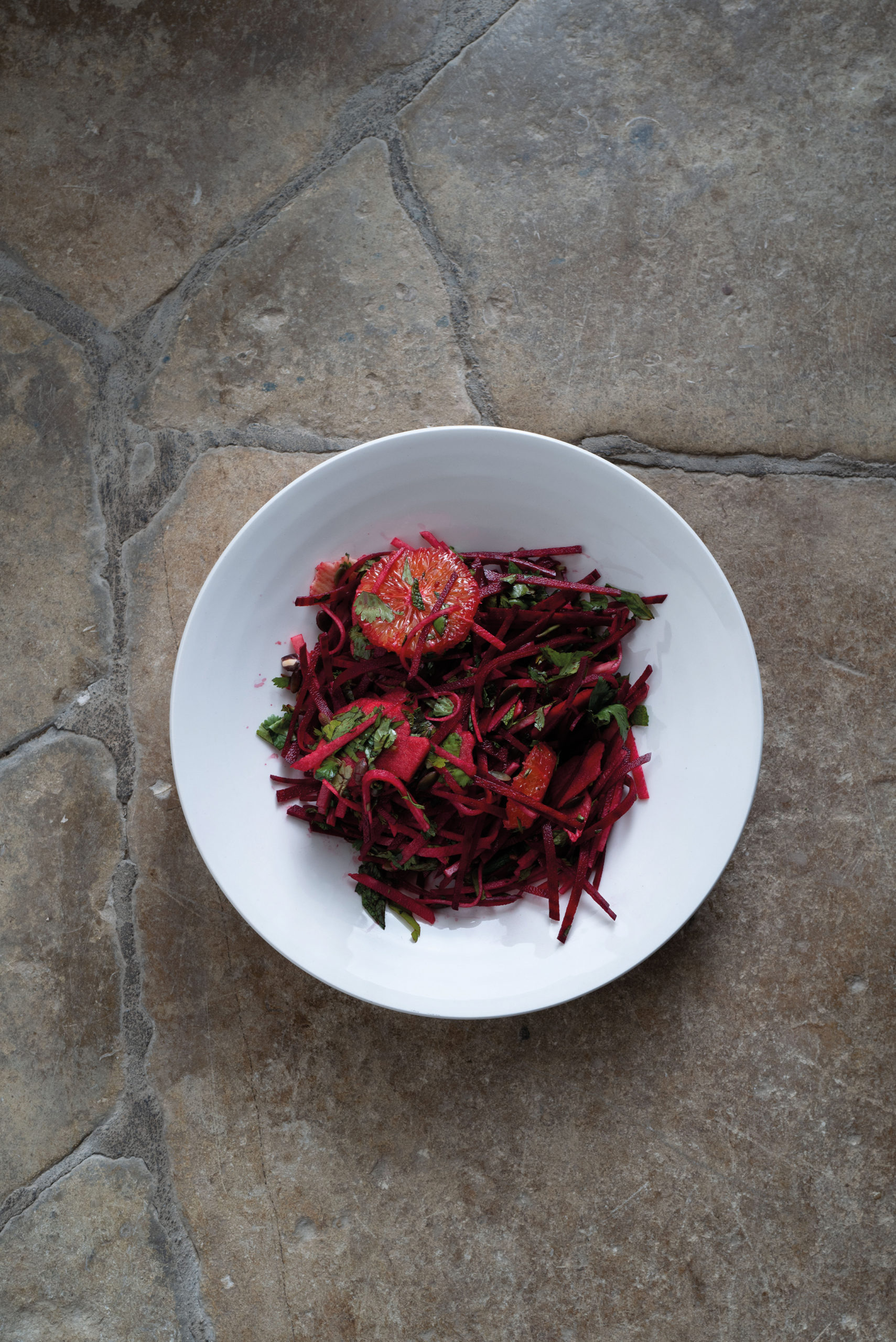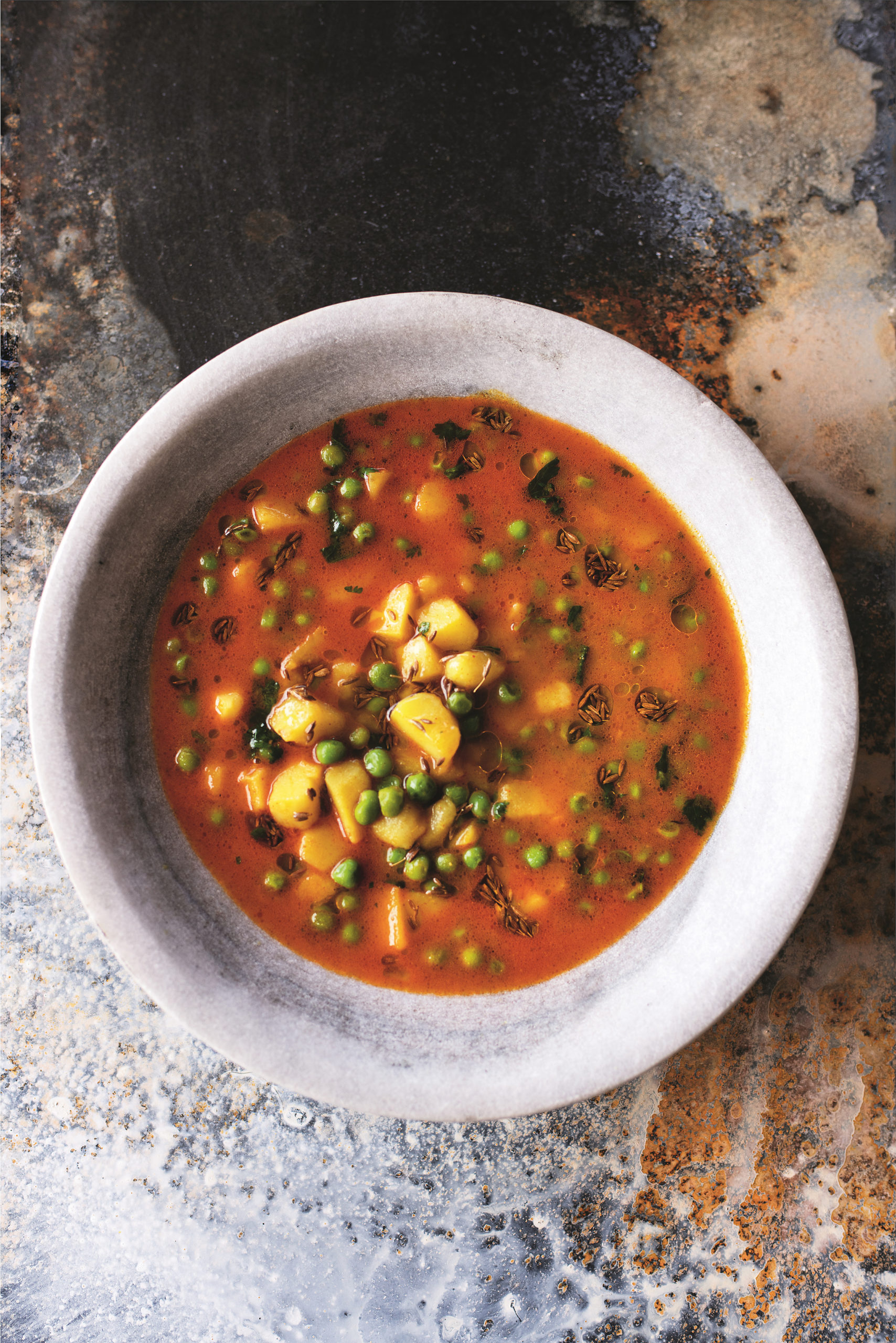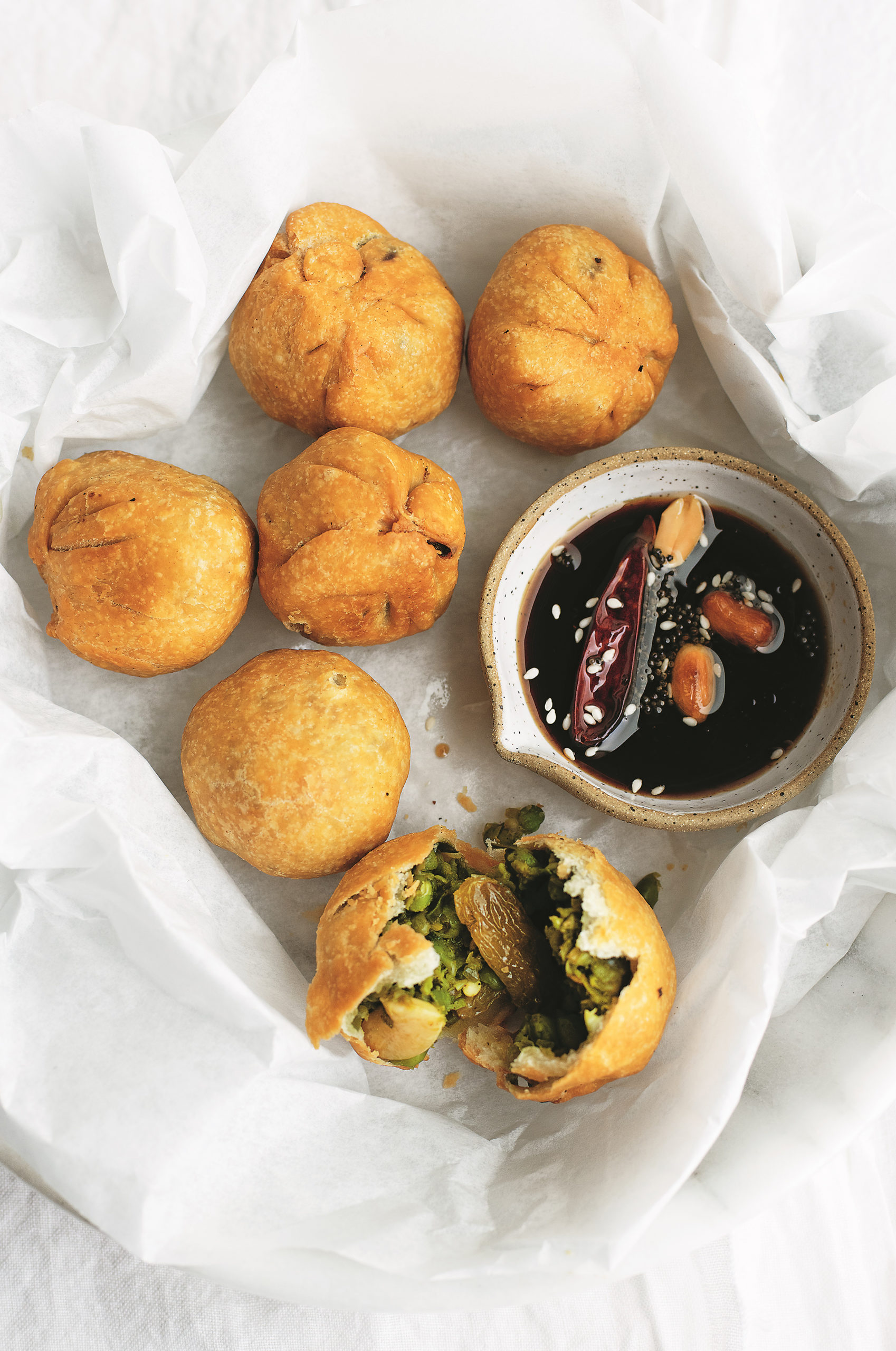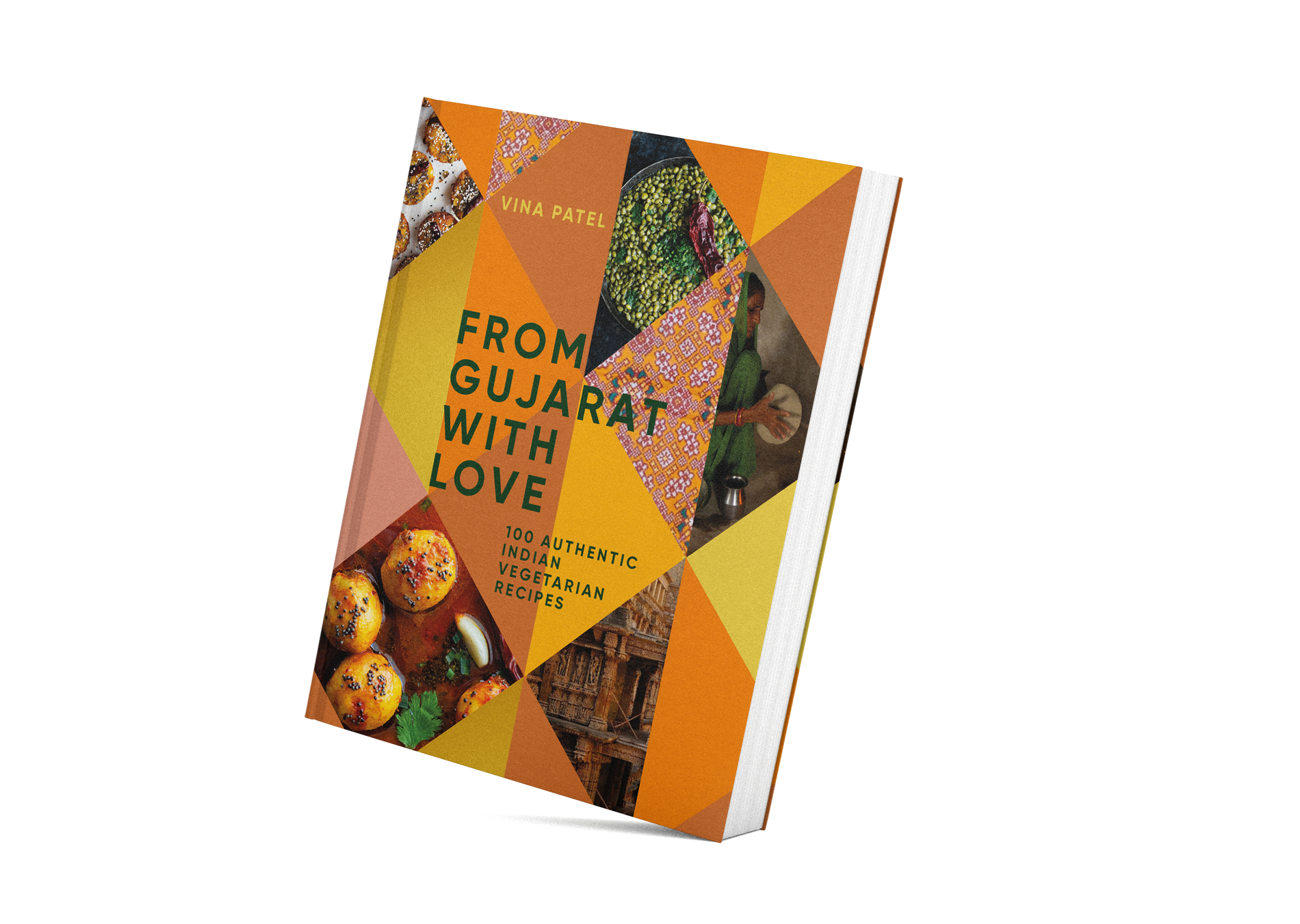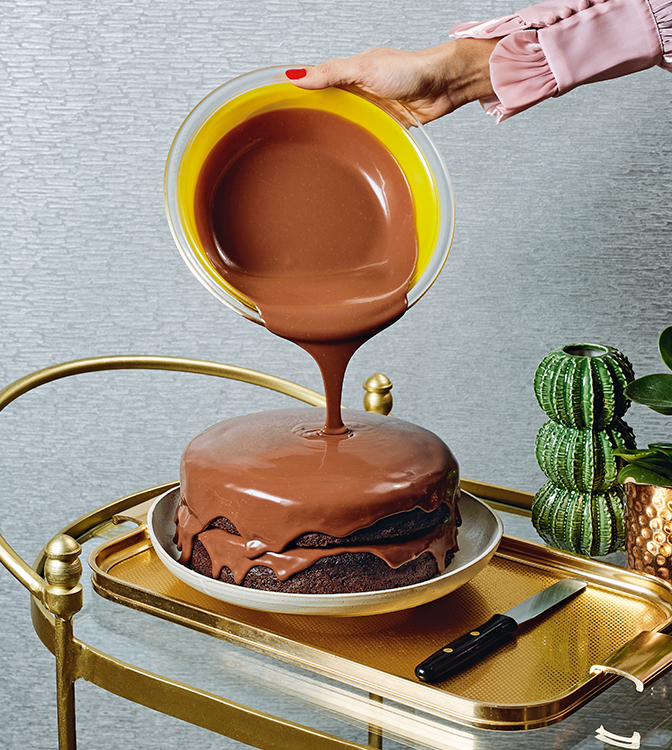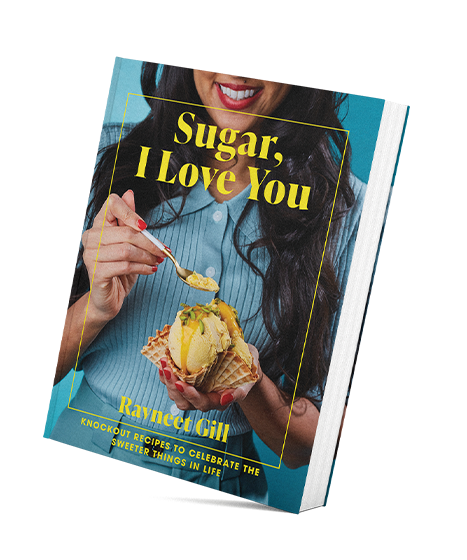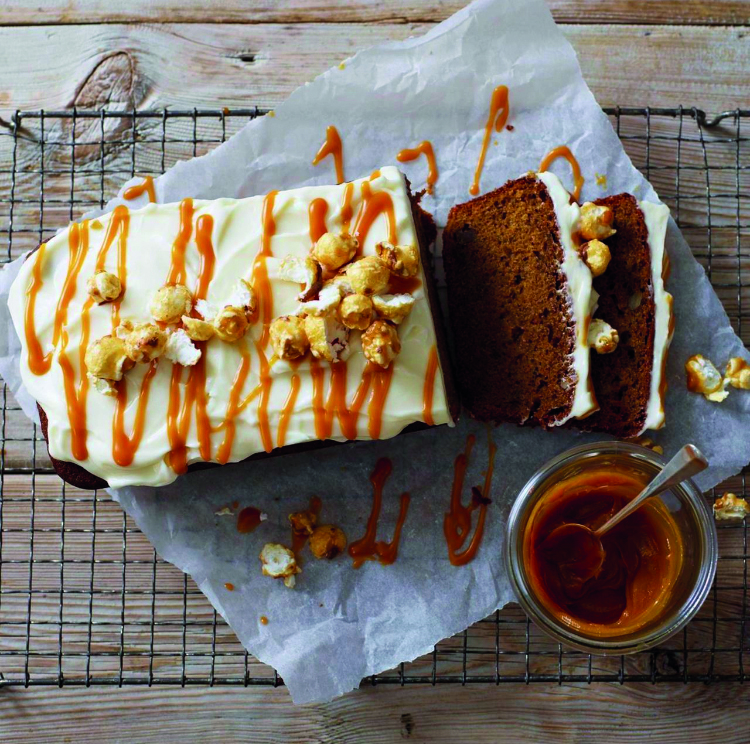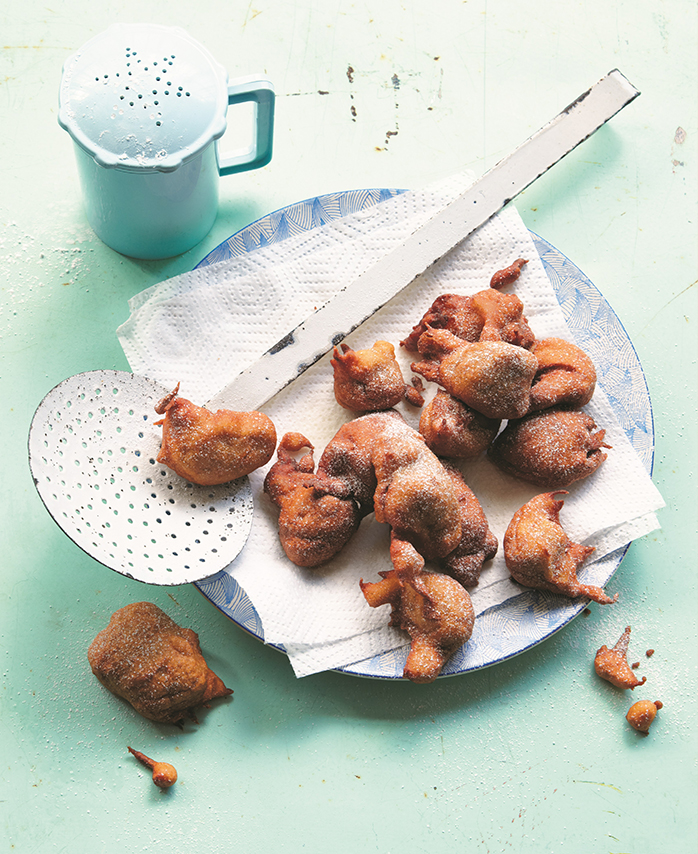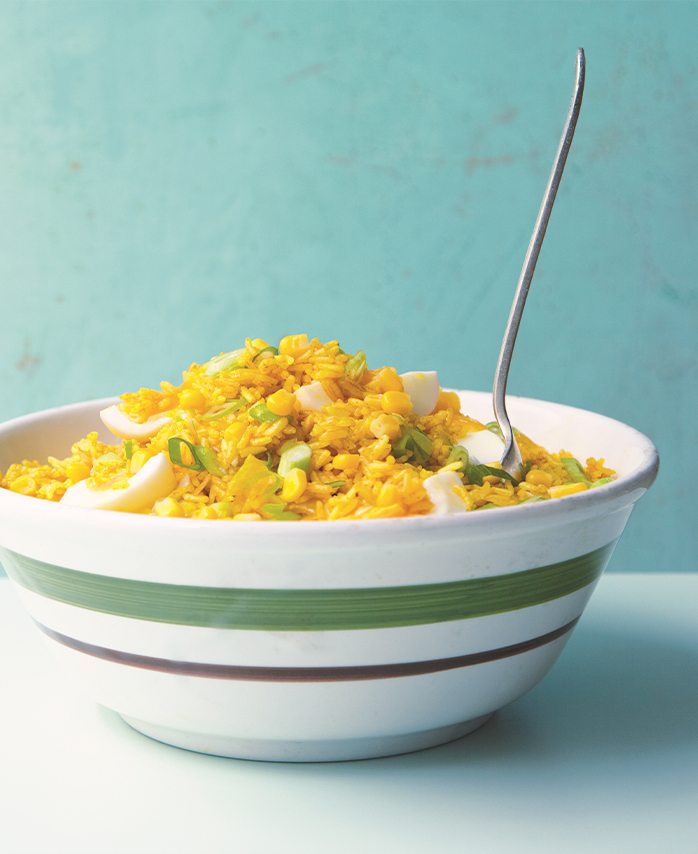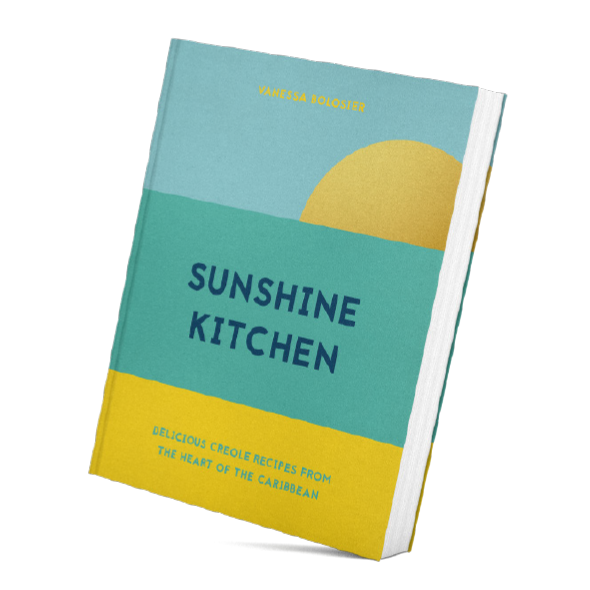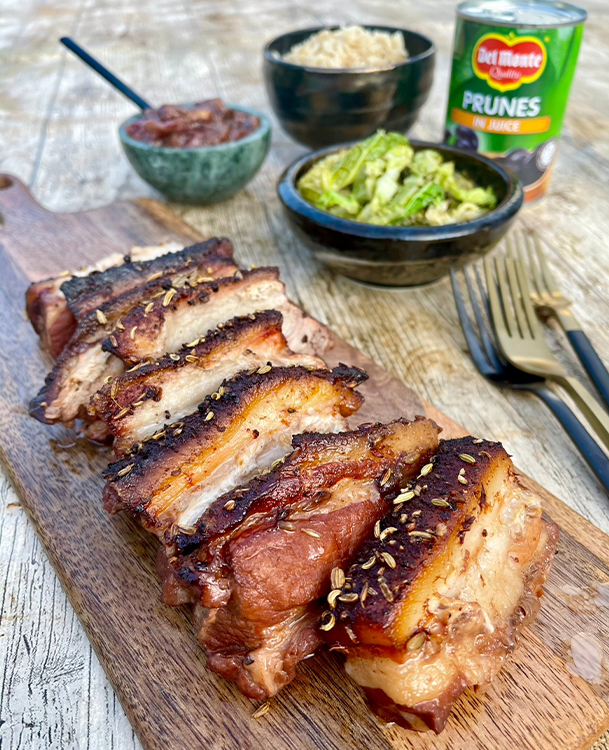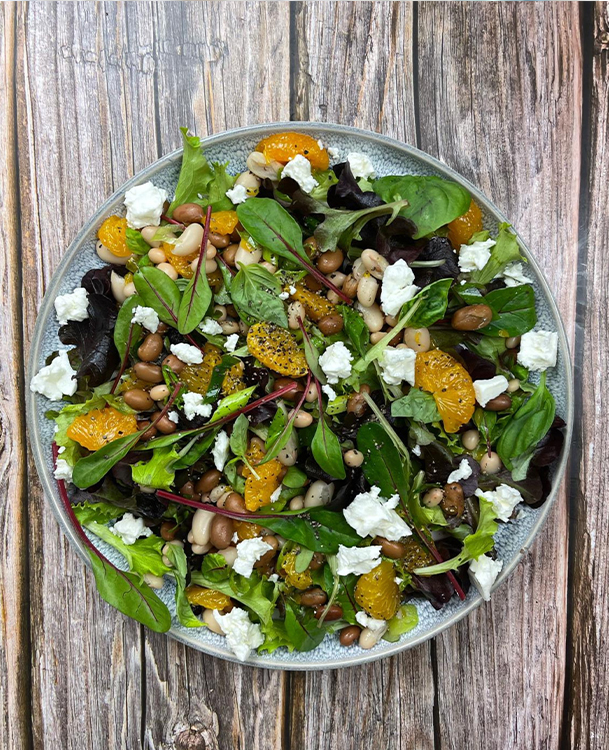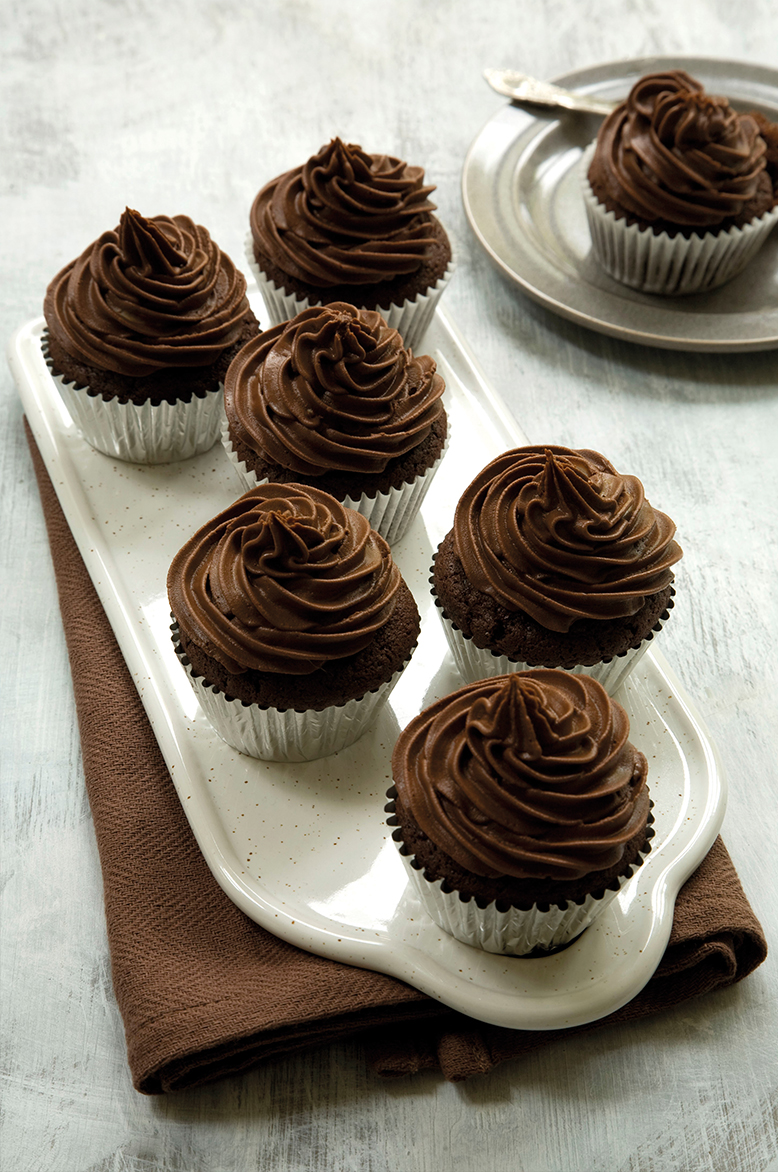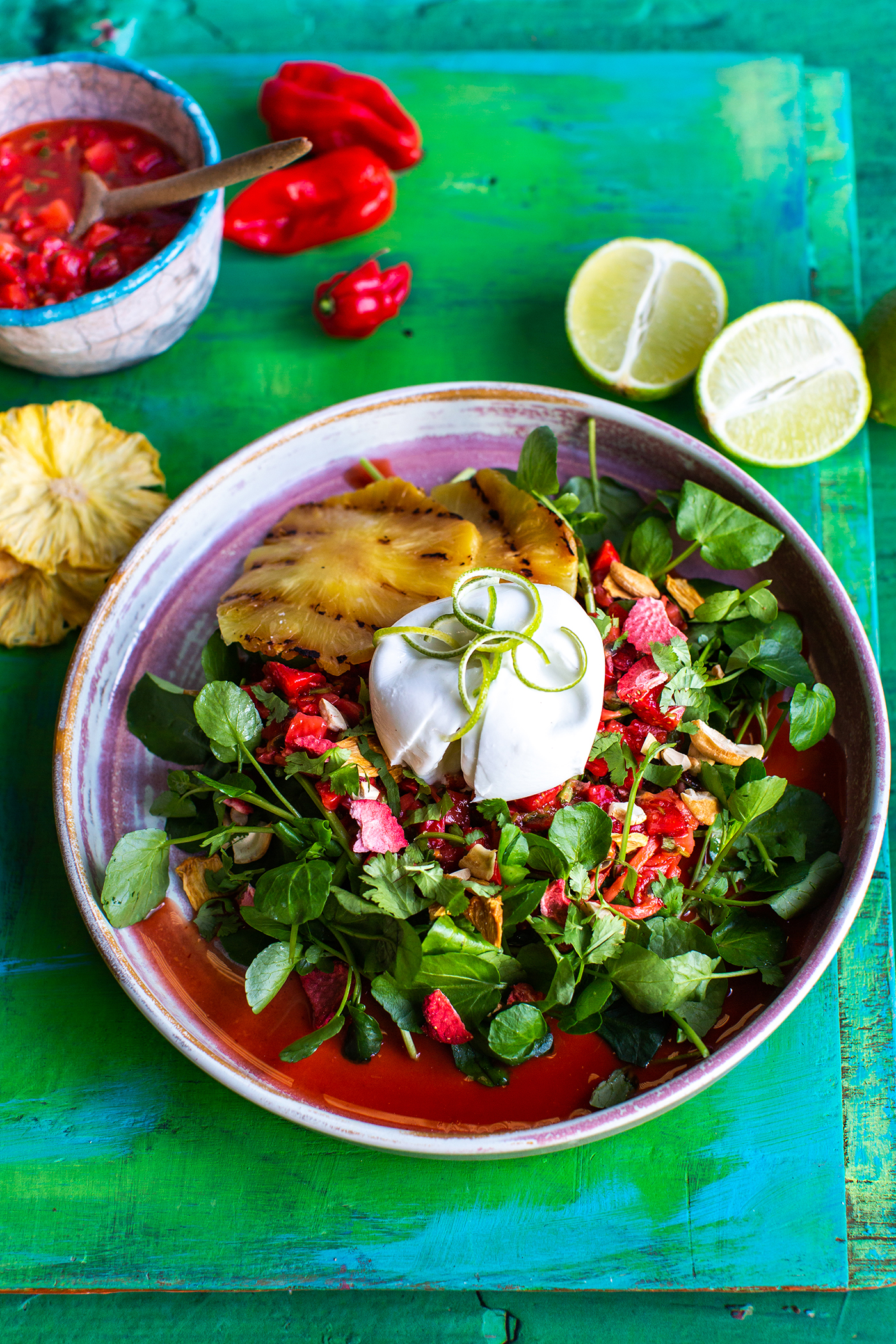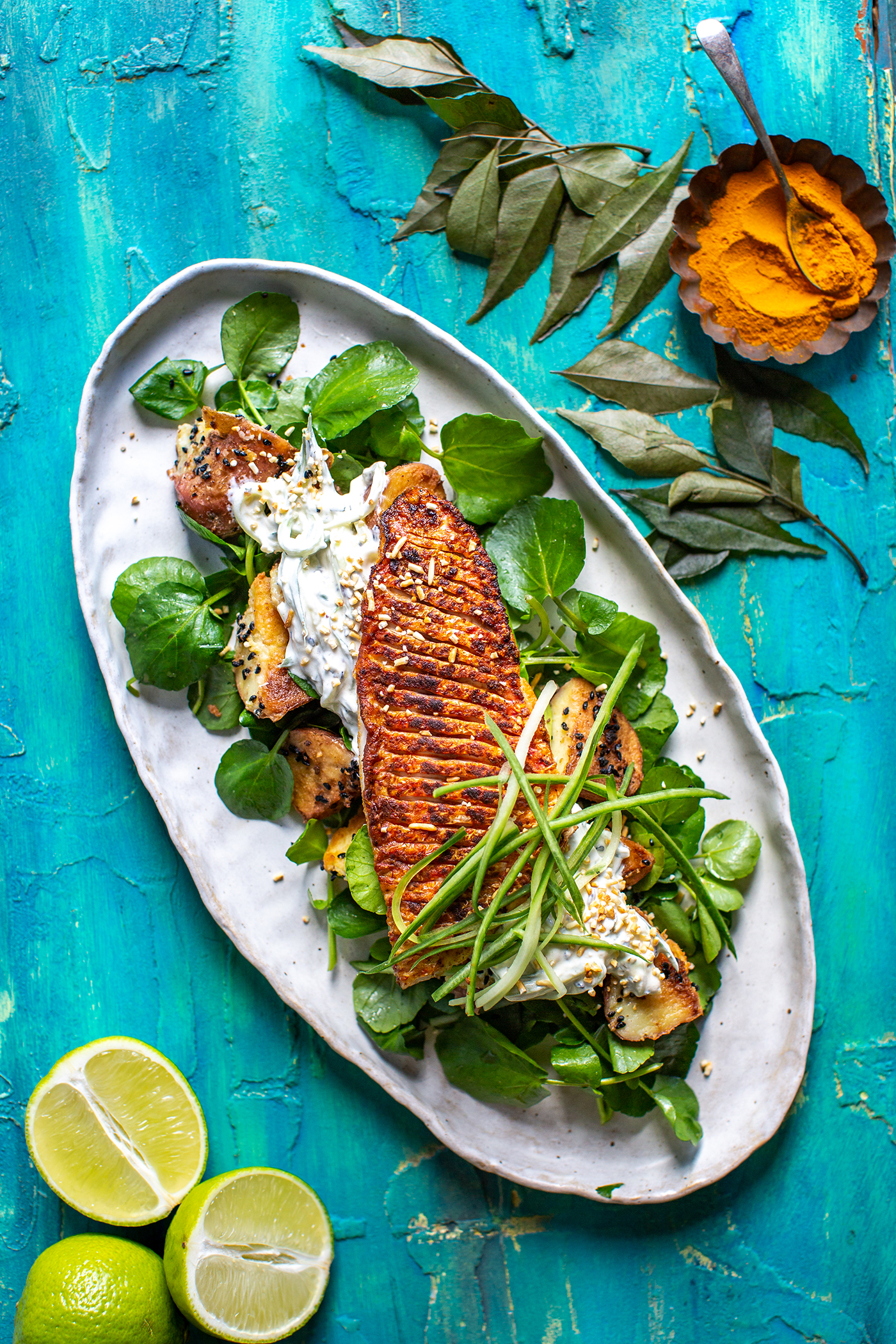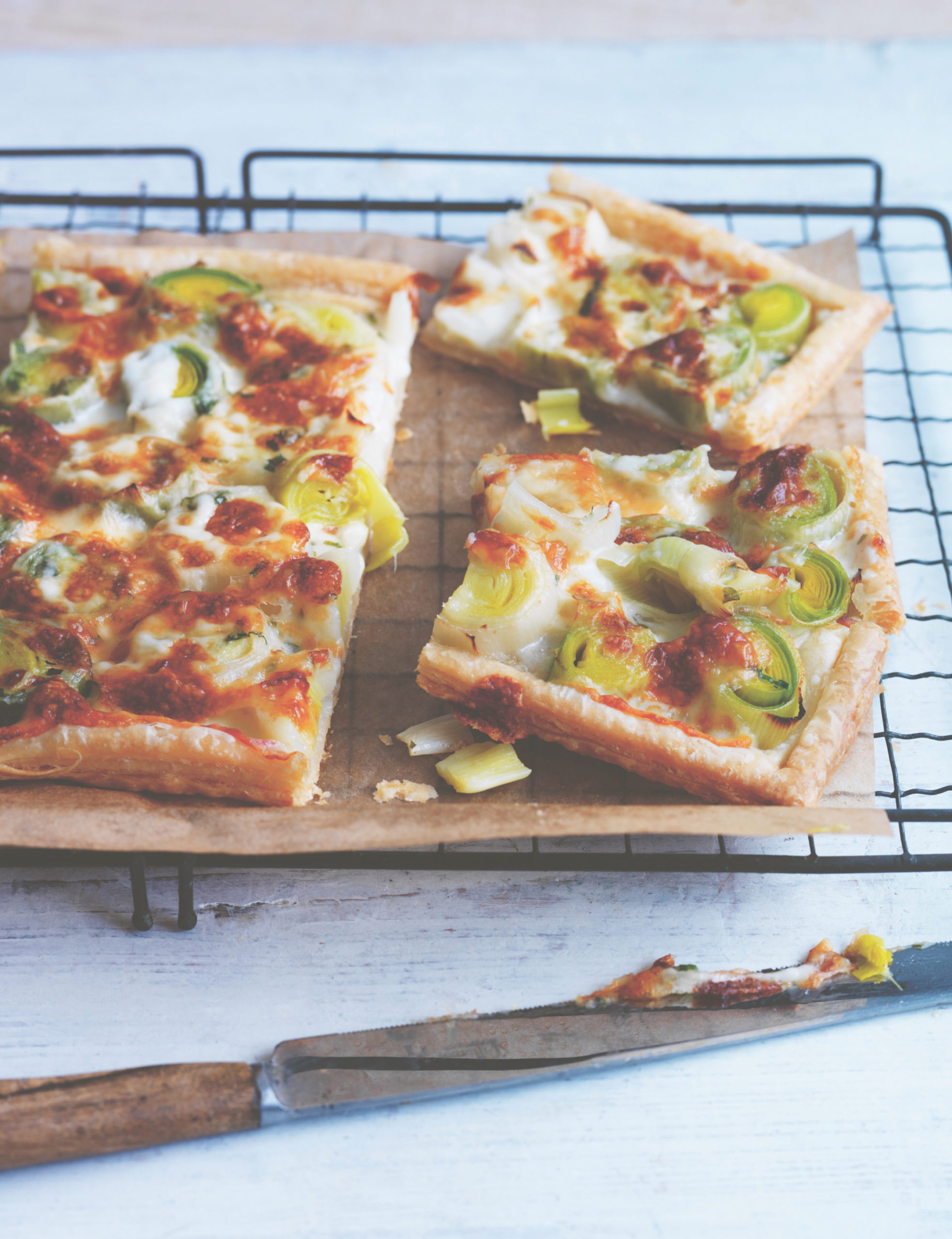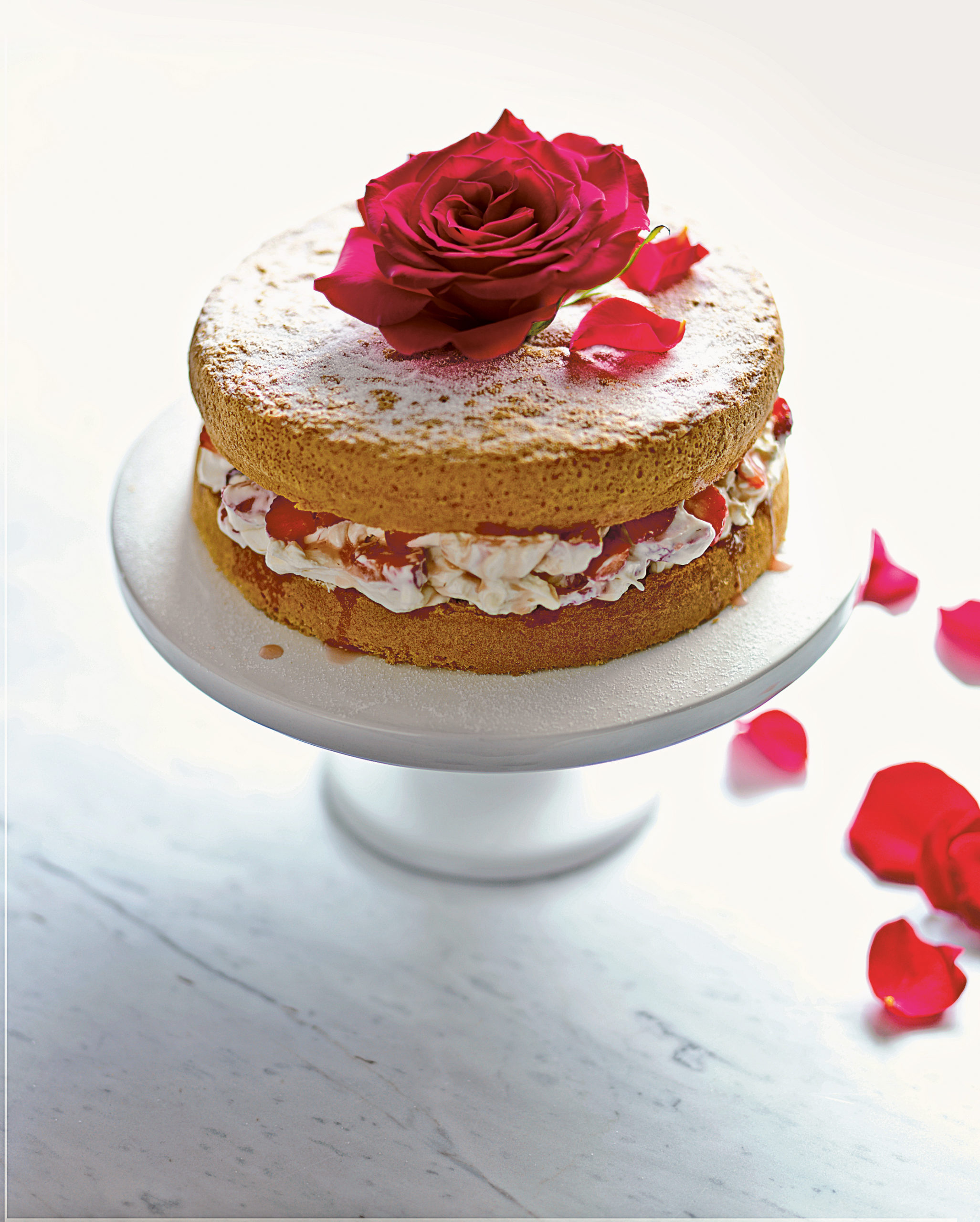We’re serving up a taster from The Gut-Loving Cookbook by Alana & Lisa MacFarlane which is out this month, published by Pavilion Books
Baked salmon topped with sourdough crumbs
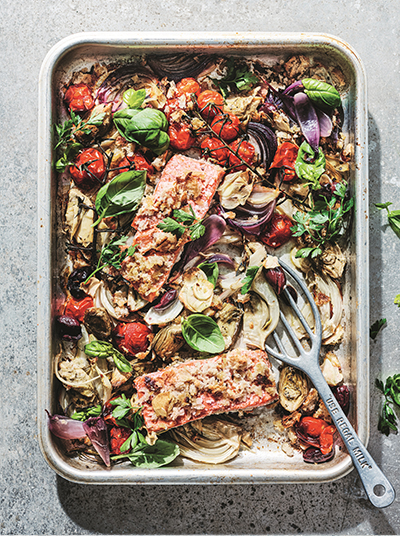
Ingredients:•
• One slice of day-old sourdough, or shop-bought sourdough loaf
• 1½ tbsp olive oil
• One lemon, quartered
• One fennel bulb, finely sliced
• One red onion, sliced
• Two handfuls of cherry tomatoes
• 100g jarred artichoke, drained
• Two salmon fillets
• Two garlic cloves, finely sliced
• Handful of stoned black olives
• Handful of fresh herbs, such
as basil or flat-leaf parsley, roughly chopped
• Salt and pepper
Prep: five minutes | Cooking: 30 minutes | Serves: two people
Method
Preheat the oven to 180°C fan/200°C/400°F/gas mark 6 and line a baking tray with baking paper.
Add the sourdough to a blender and pulse to breadcrumbs, then stir in the ½ tablespoon of olive oil. Season the salmon with salt and pepper and a squeeze of lemon juice.
Place the fennel, onion, tomatoes and jarred artichokes in a mixing bowl, season well and coat with the remaining olive oil. Spread out over a medium baking tray and cook for 15 minutes.
Remove the tray from the oven, stir in the garlic and olives, add the salmon and cover the salmon and vegetables with the sourdough breadcrumbs. Return to the oven and cook for a further 15–20 minutes until the salmon is cooked through.
Serve garnished with the chopped fresh herbs and an extra squeeze of lemon juice.
Extract credit to: The Gut-Loving Cookbook by Alana and Lisa Macfarlane of The Gut Stuff (Pavilion Books). Image credit – Haarala Hamilton
Spiced green pancakes
Who said pancakes have gotta be sweet? I love these for a weekend brunch or a lazy late lunch. Excellent with a spicy Bloody Mary!
Ingredients:
Pancakes
• One garlic clove, peeled
• Handful of fresh coriander
• Handful of spinach
• ½ tsp ground cumin
• ½ tsp ground cardamom
• 100ml (3½ fl oz) milk or oat milk, plus extra if needed
• 125g (4½ oz) spelt flour
• Two large eggs
• 1-2 tbsp butter
• Salt and pepper
Topping
• One avocado, cut into chunks
• Two spring onions, finely sliced
• Two handfuls of spinach
• 2 tbsp milk kefir (homemade, or shop-bought)
• One 200g (7oz) can of sweetcorn, drained
• ½ tbsp chilli flakes
• Squeeze of lemon juice
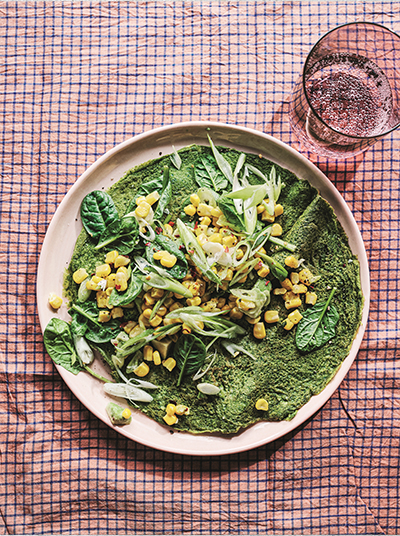
Prep: 22 minutes | Cooking: 50 minutes | Makes: Two
Method
Put the garlic, coriander, spinach, cumin and cardamom in a blender and blitz to a smooth green paste. Add a splash of the milk or oat milk to loosen if needed.
Add the flour to a large mixing bowl and create a well, then add the eggs, slowly whisking them into the flour. Add a pinch of salt and stir, then gradually add the milk, followed by the green paste and whisk to combine. Leave to rest for 20 minutes at room temperature.
Put all the topping ingredients in a mixing bowl, season with salt and pepper and stir to combine.
Melt the butter in a 20cm (8 in) non-stick frying pan over a medium heat.
Once hot, whisk the batter, then ladle 60ml (4 tbsp) into the pan. Cook for two minutes, then flip and cook for a further minute. Transfer to a plate and repeat, serve with the mixed topping.
Store any leftover pancakes in an airtight container in the fridge for three or four days.
The topping is best prepared and served immediately.




